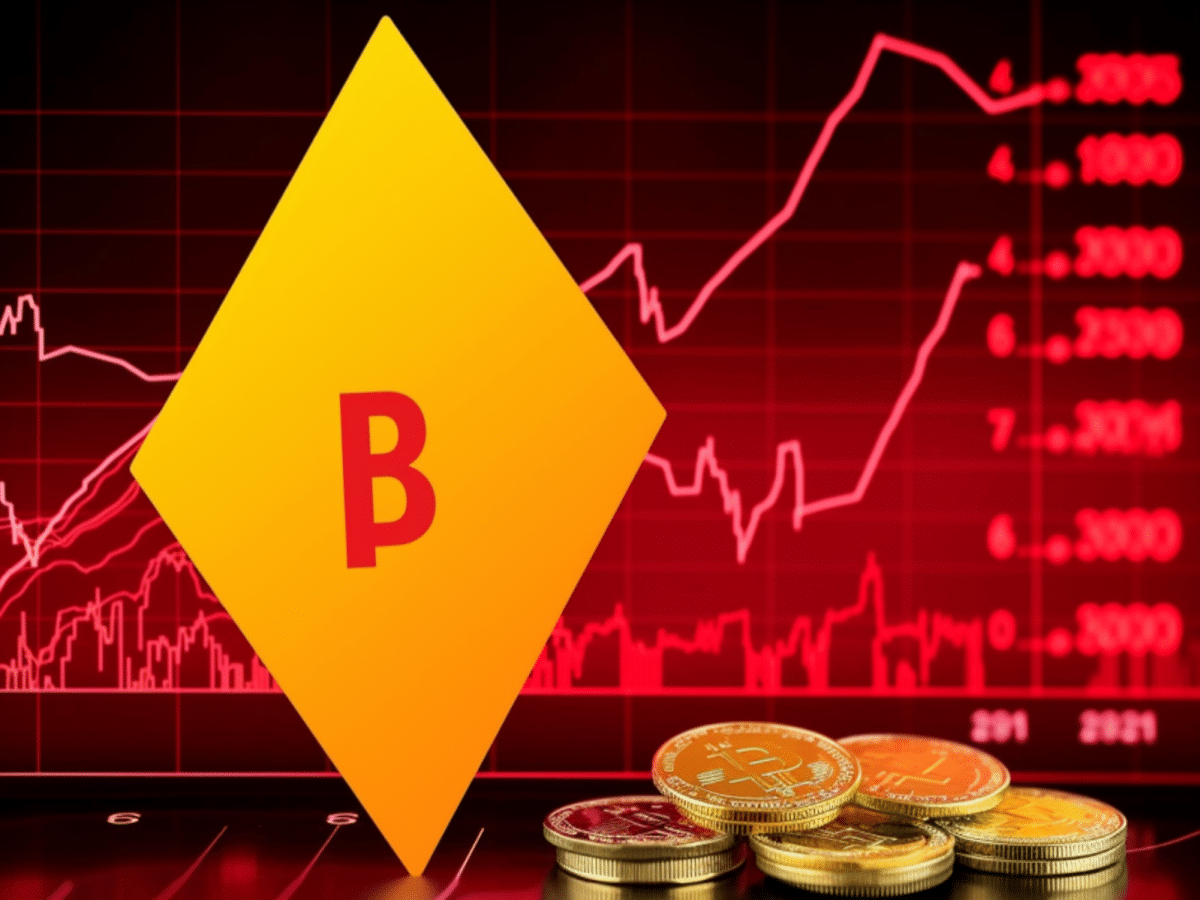
The price of BNB has risen more than 10% from its six-month low of $220, as short traders have been squeezed by increased open interest.
On June 14, the price of BNB increased by more than 3%, thanks in part to bearish traders opening more BNB-tied contracts despite losses from liquidations in the previous 24 hours. Furthermore, BNB is very “oversold,” which could have led traders to buy the decline.
On June 14, the BNB price climbed nearly 4% to $253. The gains came as part of a recovery that saw the price rebounding 12% two days after falling to a six-month low of $220.
The BNB price increased by about 4% to $253 on June 14. The gains were part of a 12% rebound in the price two days after it fell to a six-month bottom of $220.
From a technical standpoint, BNB’s surge on June 14 followed its “oversold” status. Notably, the daily relative strength index (RSI) fell to approximately 16.6 two days ago, its lowest level since March 2020.0.
An RSI value of less than 30 usually precedes a market consolidation or recovery period.
For example, a BNB daily RSI drop below 30 in December 2022 signaled a 50% price increase in the next two months.
BNB’s financing rate fell below zero on June 10 and has been negative since. In other words, bearish traders are willing to compensate bullish traders to maintain their short positions.
Meanwhile, BNB open interest has reached a one-month high of approximately $377 million, corresponding with a general downward trend. All of these indicators indicate that most traders are betting on additional downside, which frequently results in price rebounds that can last for days if short bets are liquidated.
BNB’s price comeback comes on the heels of a 25% drop last week, sparked by the Securities and Exchange Commission’s (SEC) lawsuit against Binance, which labeled BNB as a “unregistered security.”
If history repeats itself, the BNB price will find firm support near $220, which the bulls will claim would make this level an ideal purchase zone after the SEC-led price decline.
BNB/USD is trading in the $240 to $250 range as of June 14, a consolidation zone from December 2022 to January 2023.
If the price closes convincingly above the $250 barrier, the key upside objective will be its 50-day exponential moving average (the red wave) above $300 in the third quarter, representing a 20% increase over current pricing.
A closing below $240, on the other hand, would risk pushing the price down below $220. If the sell-off continues, the next downside target to keep an eye on is likely to be in the $180 to $205 range.
